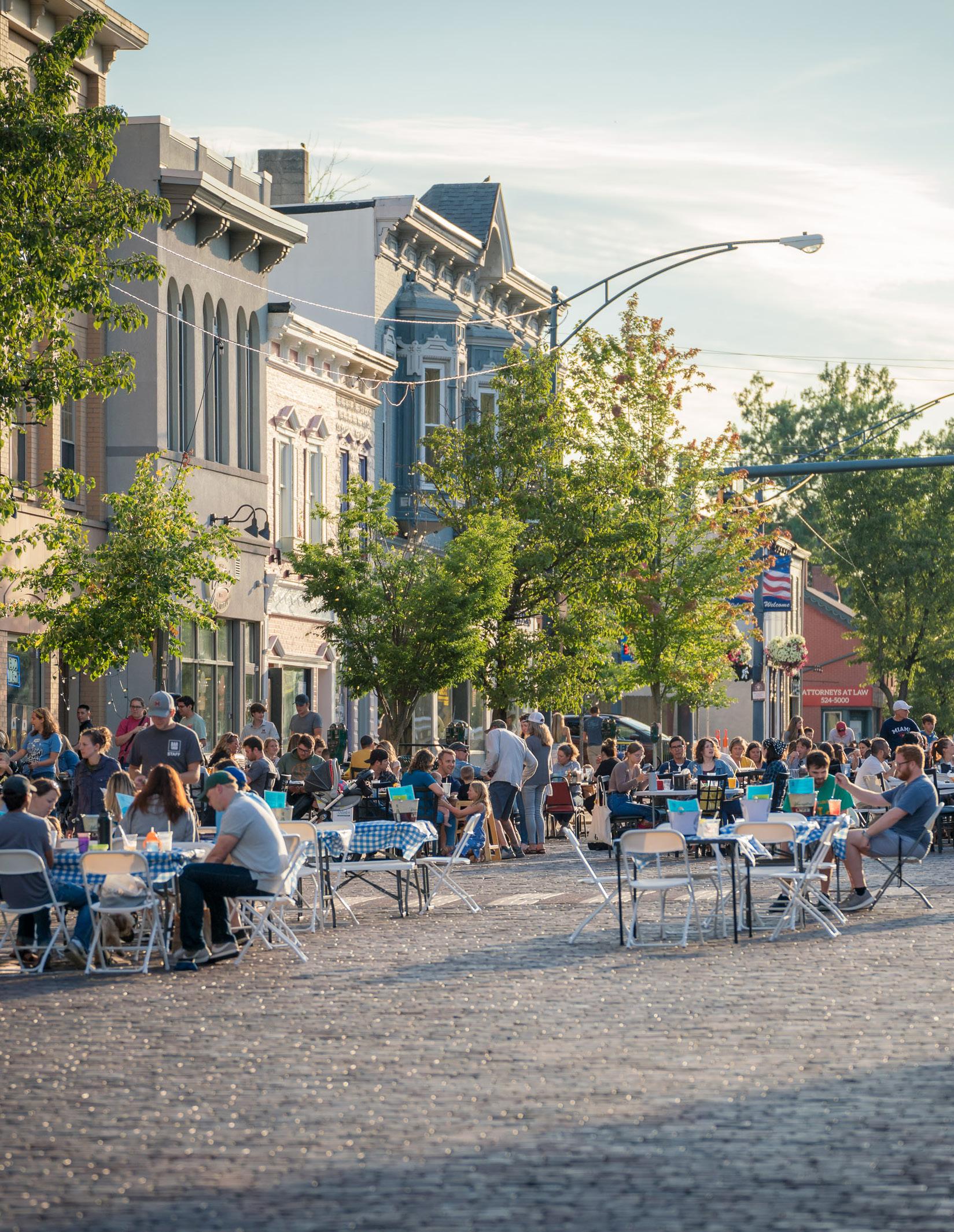

ABOUT THE PLAN
The City of Oxford regularly updates its comprehensive plan to respond to changing trends, conditions, and priorities. Each time, the planning effort is based upon community input and sound planning principles designed to improve quality of life for the Oxford community. The comprehensive plan allows the City of Oxford to collaborate with residents and businesses in proactively planning for an outstanding community of choice, including: pedestrian-friendly amenities, connectivity, mixed-use environments, parks and open space, quality architecture, versatile residential choices, continued economic development, and environmental sustainability.
The Oxford Tomorrow Comprehensive Plan is the broad policy guide for the City of Oxford and its community partners in successfully guiding future decision-making. It will also be a blueprint for City Council, boards and commissions, and staff as they evaluate land use, development, redevelopment, annexation, and infrastructure decisions as well as the character, location, and extent of public investments and private development proposals in the city.
The City last updated its comprehensive plan in 2008. Since that time, much has changed in the city, the region, and the world, which impact how the community will move forward. The new plan takes the current context and trends into consideration and establishes a blueprint for the community to continue to grow and thrive over the next ten years and beyond.
Guiding Pillars
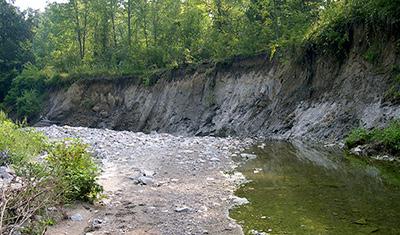
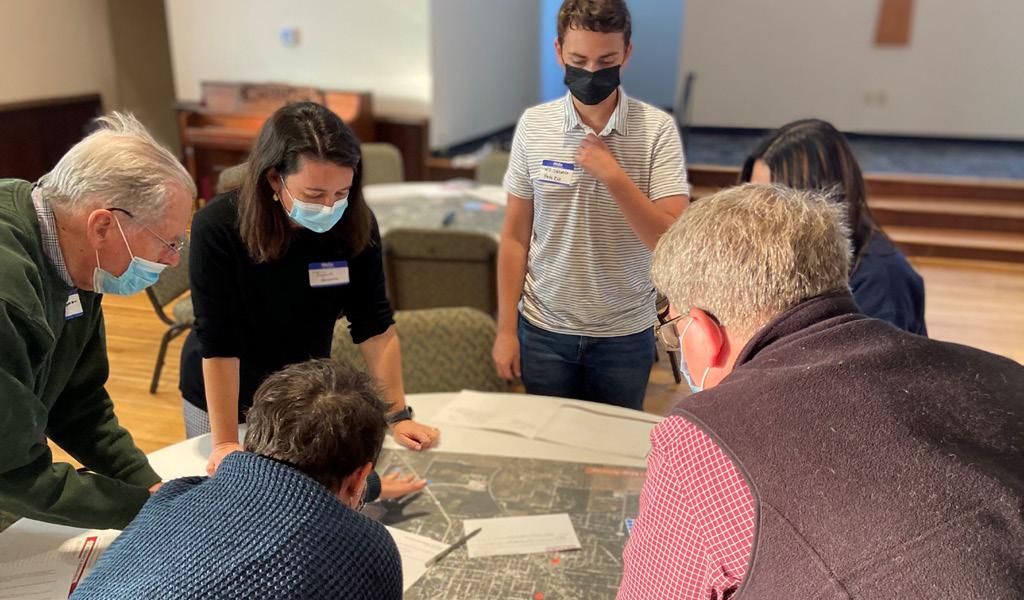


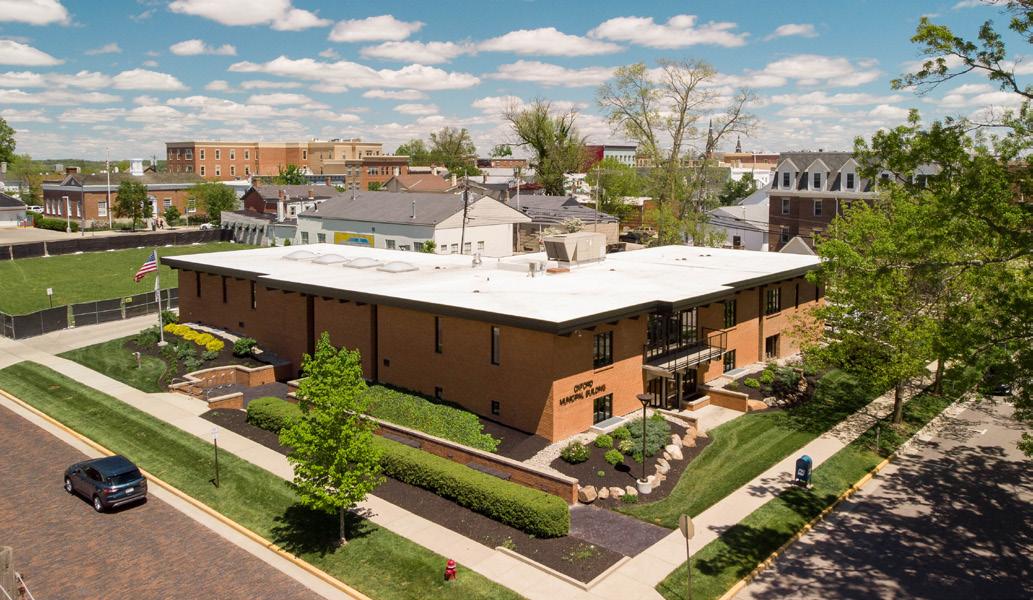
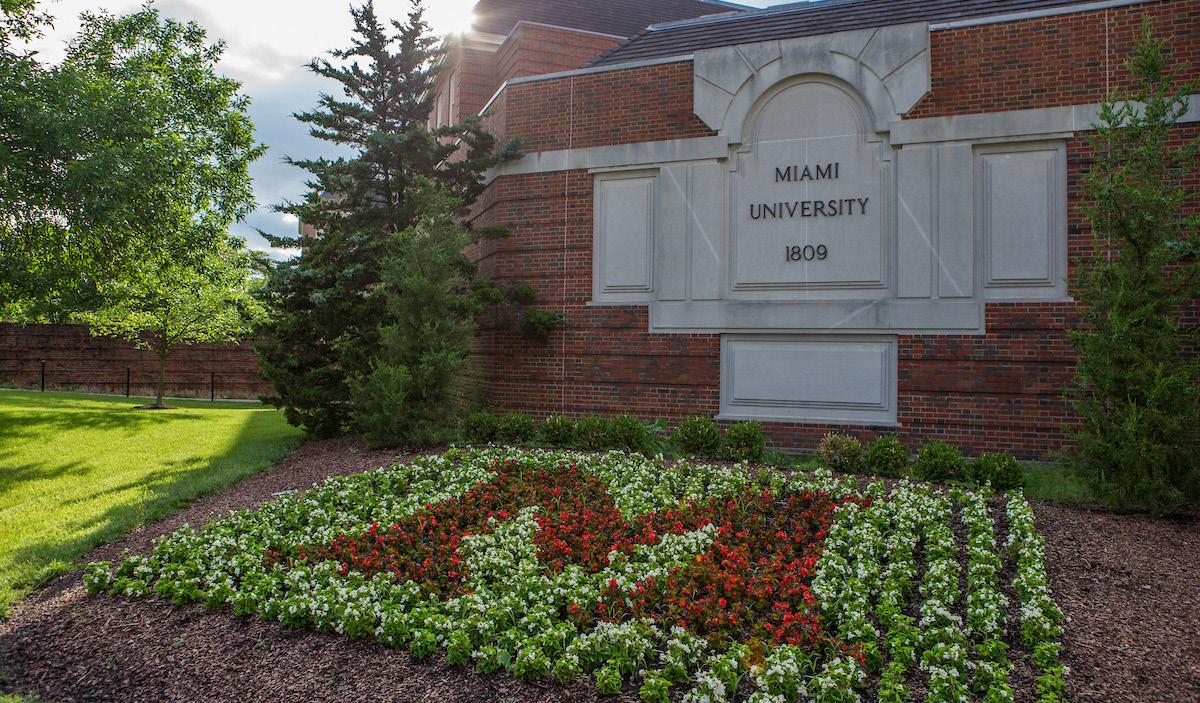
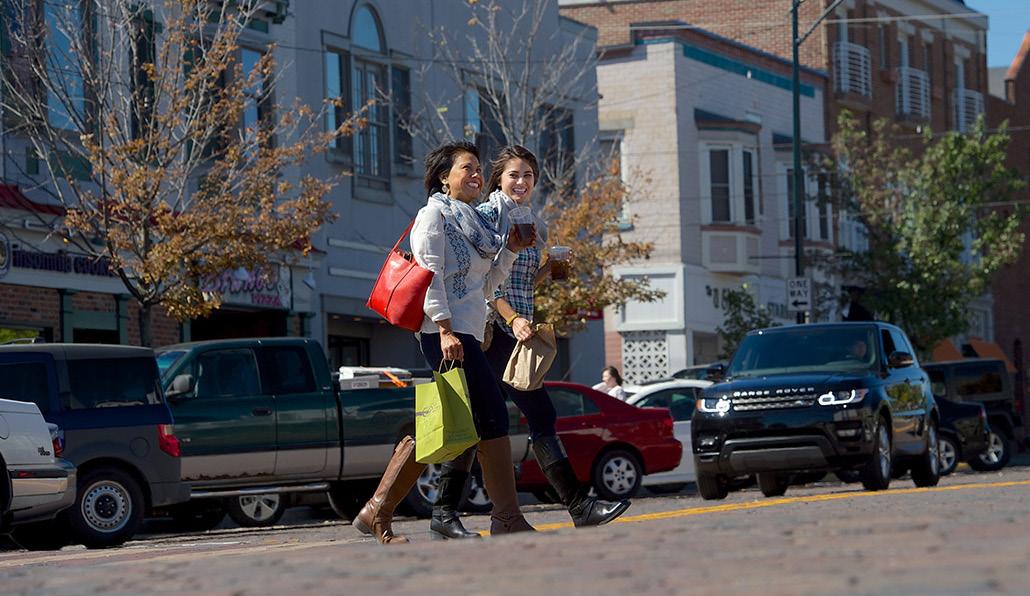
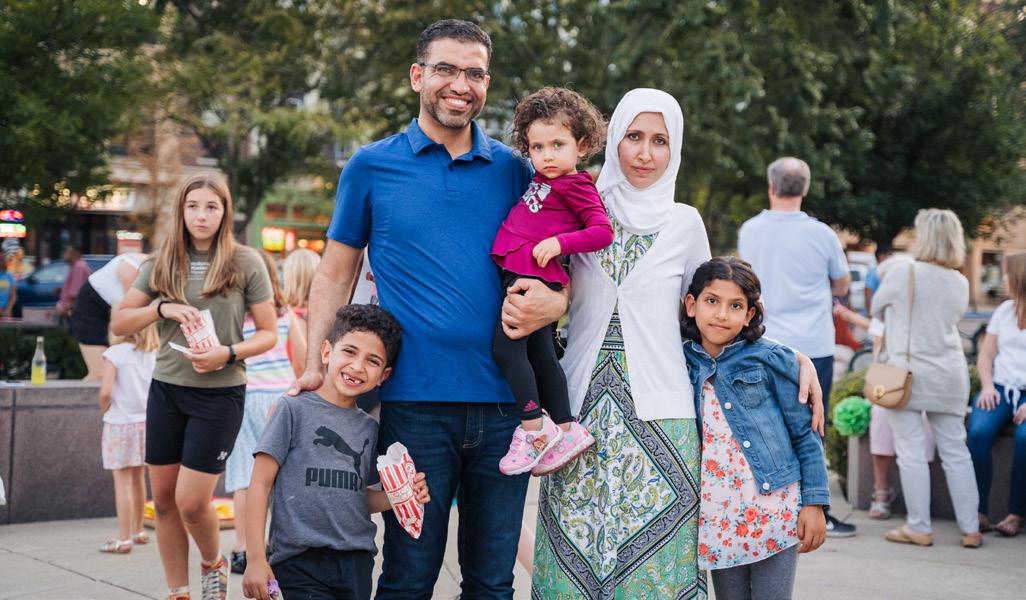
PROCESS
The 17-month Oxford Tomorrow process to update the comprehensive plan was spearheaded by the City of Oxford Community Development Department. MKSK, a planning, urban design, and landscape architecture firm, oversaw the planning process with guidance from a steering committee of appointed community members. The planning process combined research and analysis with community engagement that gathered ideas and feedback from more than 800 community members.
The steering committee was comprised of 30 representatives from the City, neighborhoods, businesses, community groups, students, and local institutions. The committee was formed to oversee and provide direction throughout the planning process. Committee members shared their thoughts, reviewed plan deliverables, and provided valuable feedback.
The plan was also shaped by the broader Oxford community through outreach and public meetings that invited all Oxford residents, employees, and stakeholders to help shape the future of the city.
Analysis tasks included evaluation of demographics, housing, and market trends; examination of previous plans; GIS and mapping; land use analysis; and policy and case study research. The plan compiles these layers of analysis with the community engagement findings to present detailed recommendations that are visionary, attainable, and respond to the current needs of the Oxford community.
The planning process was divided into five stages: (1) project kick-off and understanding, (2) existing conditions analysis, (3) community and stakeholder engagement, (4) plan recommendations and strategies, and (5) plan development.
EXISTING CONDITIONS ANALYSIS
October ‘21 - February ‘22
PROJECT KICKOFF & UNDERSTANDING
May - September ‘21
PLAN RECOMMENDATIONS & STRATEGIES
March - July ‘22
COMMUNITY & STAKEHOLDER ENGAGEMENT
July ‘21 - September ‘22
PLAN DEVELOPMENT July - October ‘22
Plan Study Area
The comprehensive plan evaluates Oxford as it exists today within the current city limits, while also considering the potential for physical expansion of the city in the future. On the map above, the red dashed line represents the current city boundary. The city currently spans 7.78 square miles. Everything beyond the boundary is within Oxford Township or Milford Township. Typically, in Ohio, annexation of property from an unincorporated area of a township into a neighboring city happens at the request of the property owner. Most often, property owners request annexation to receive certain public utilities, like water and sewer service. The urban service boundary depicted on the map above, which was defined during the previous comprehensive plan effort, represents territory where the City could have potentially expanded its utility service systems since 2008. The question of where and how the City should direct its services–and consequently, growth and development–is revisited by the new plan.
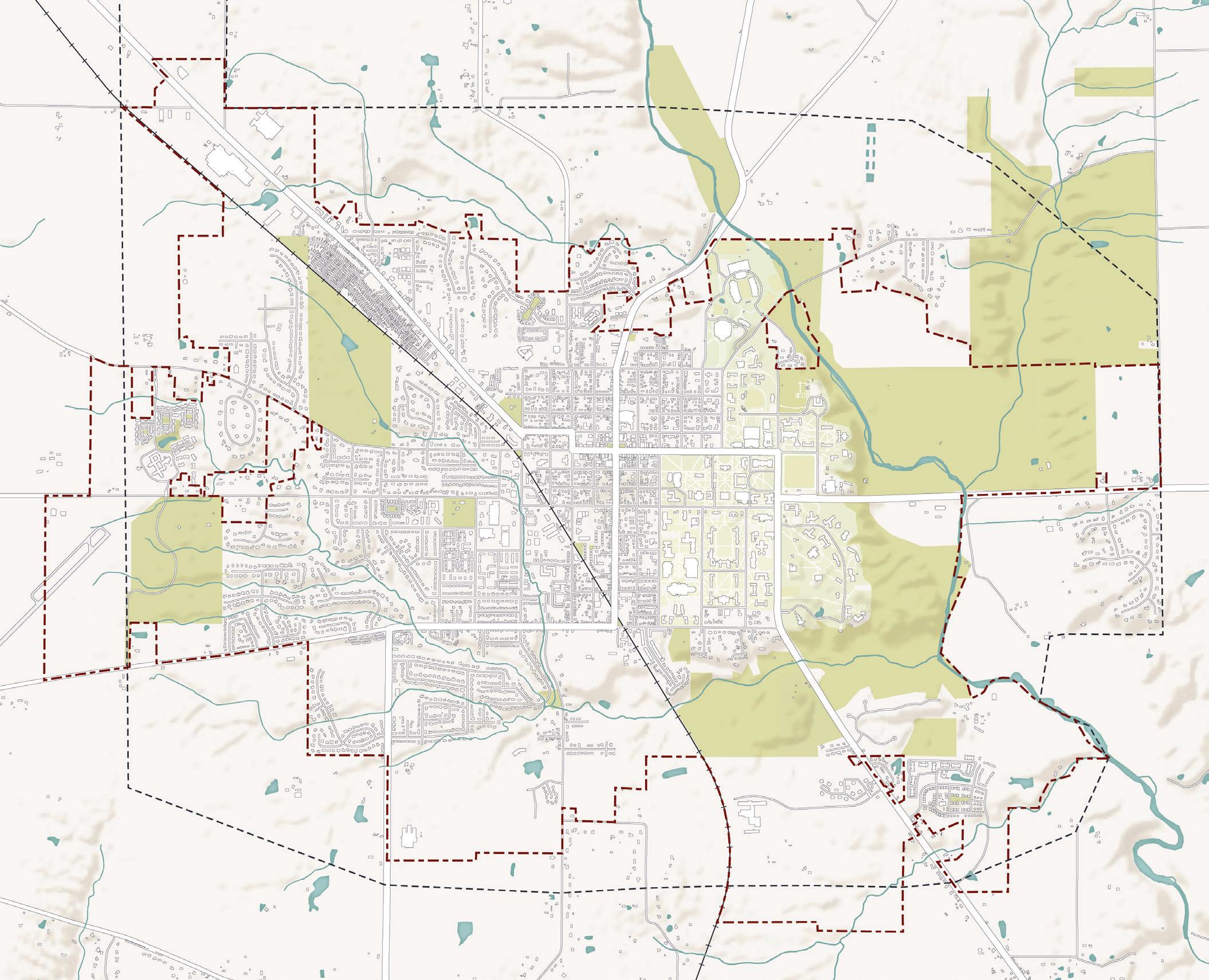 Parks & Green Space
Urban Service Boundary Streams & Ponds Buildings Roadways
Parks & Green Space
Urban Service Boundary Streams & Ponds Buildings Roadways
SUMMARY
Oxford Tomorrow represents the shared voices and ideas of the community. The planning process emphasized broad and meaningful input through a variety of formats—both in-person and digital. The planning team used the following methods and tools to gather input and feedback throughout the Oxford Tomorrow planning process:
• 9 Steering Committee Meetings
• 4 Stakeholder Focus Groups
• 3 Public Input Meetings
• Interactive Online Activities
• 3 Online Surveys
• Distributed paper surveys and postcards
Community Engagement Themes
Based on the public input from these various public engagement methods, the planning team developed the following major themes. These themes and all the community input directly informed the development of the plan recommendations.
Focus on becoming a complete, multi-generational, and multi-cultural community.
Encourage more restaurant, shopping, and entertainment options.
Prioritize non-vehicular transportation access and connectivity.
Maintain a high quality of life through continued investment in parks, recreation, and cultural amenities.
Embrace ways to bring the community together.
Spur housing options that are affordable for people at all incomes and life stages.
Strengthen the local economy through economic development and diversification.
Foster a strong relationship between Miami University and the greater community.

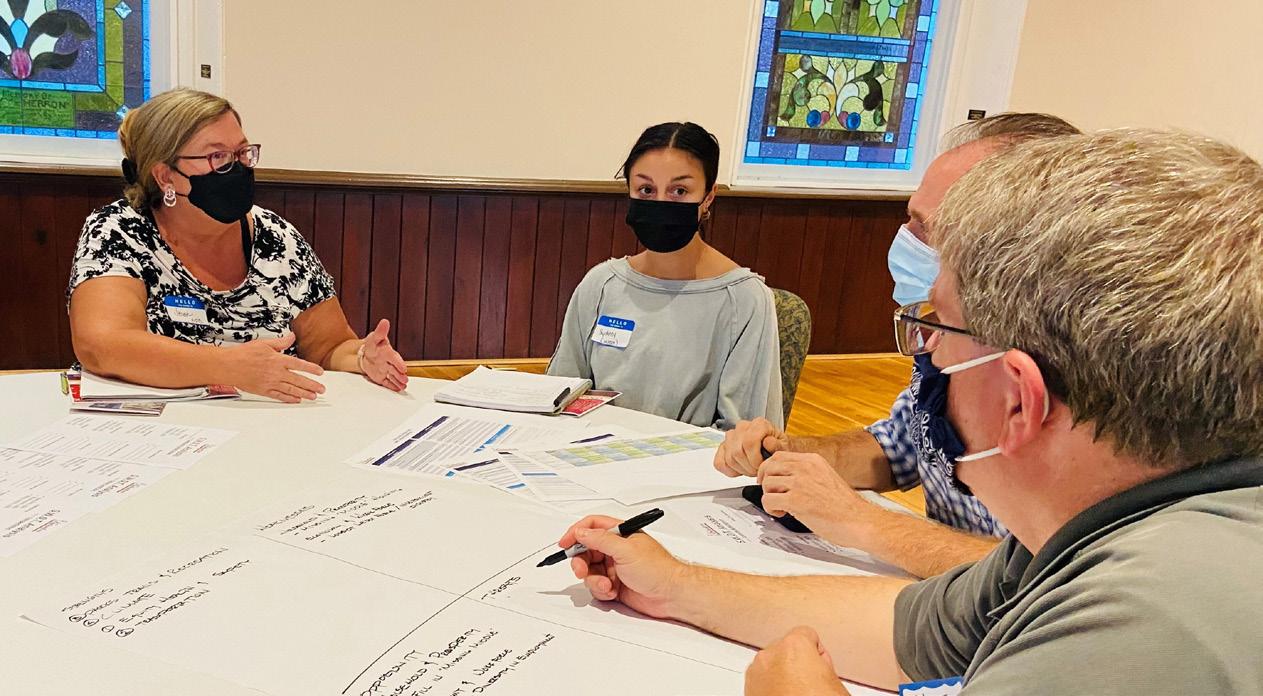
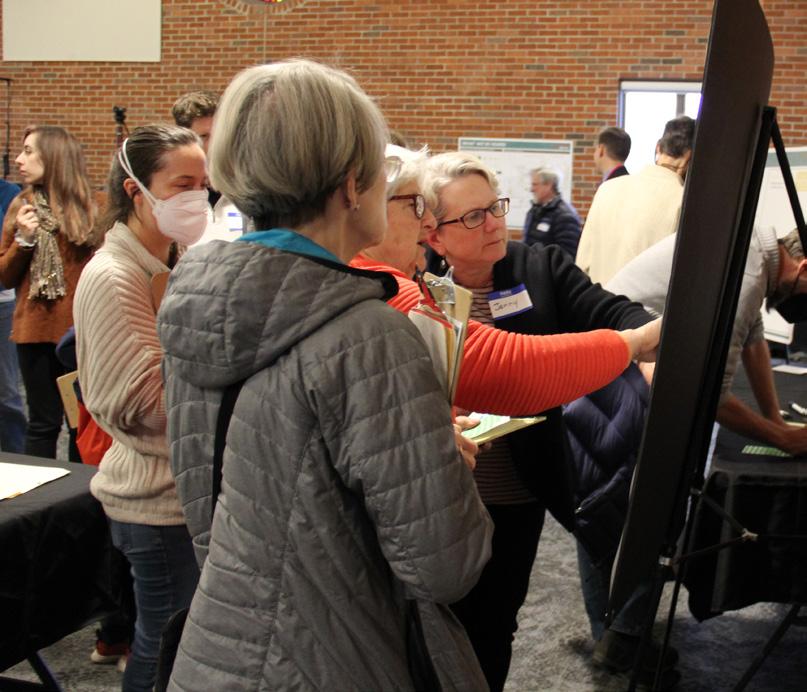
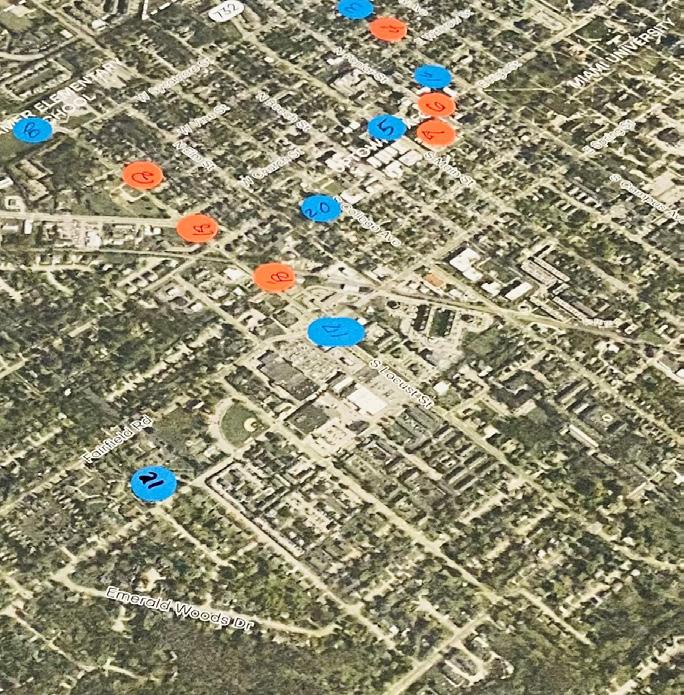

PLAN FRAMEWORK
Through the Oxford Tomorrow planning process, the community has come together to collaboratively plan for Oxford’s future. The resulting plan is one that is representative of the community’s values, ideas, and priorities.
The recommendations for Oxford Tomorow include a collection of projects, policies, and programs that, collectively, will guide the community toward its goals for the future. The plan recommendations are divided into eight sections, representing the major topic areas covered in the plan.
The Oxford Tomorrow planning process engaged community members in a thoughtful conversation about the city’s future. Working from broad aspirations to specific outcomes, this process was one of discovery and iteration. The resulting plan framework and recommendations presented were developed directly by and for the community. The plan follows the following framework:
Vision: An aspiration statement that broadly defines a community’s values and ideal future.
Goal: A broad, desired outcome for the community expressed in simple terms for each of the plan’s topic areas.
Objective: A particular step that can be taken to help realize a goal. Objectives help to define what a particular goal means, providing a more refined sense of direction.
Action: A strategy to achieve a corresponding objective. Actions can be concrete and specific, usually taking the form of a project or program. They can also be more broad and ongoing, helping to further refine a corresponding objective with a defined policy directive. The main plan document goes into more detail about these recommendations with written descriptions as well as example imagery, case studies, and call-out boxes. The action recommendations themselves can still be found in the matrix appearing at the end of the Executive Summary.
Vision Goal Objective
Action
It should be noted that Oxford Tomorrow is a bold plan that sets forth a vision for the entire Oxford community for the next ten years and beyond. As such, it will take many organizations working together to realize this vision. The City of Oxford staff and elected and appointed officials will play a major role, but they can only control certain aspects of Oxford’s future. Many other community groups, major institutions, nonprofit organizations, government jurisdictions, private corporations, and individuals will need to collaborate with the City of Oxford to implement the plan recommendations.
Vision for Oxford Tomorrow
Oxford, Ohio will be a vibrant community that is welcoming to all. Oxford will value and exemplify equity and inclusion, environmental sustainability, fiscal responsibility, local housing and job opportunities, community well-being, lifelong learning, and a symbiotic relationship with Miami University. Oxford will be a yearround destination with a high quality of life for all.
Goals for Oxford Tomorrow
Celebration
FUTURE LAND USE
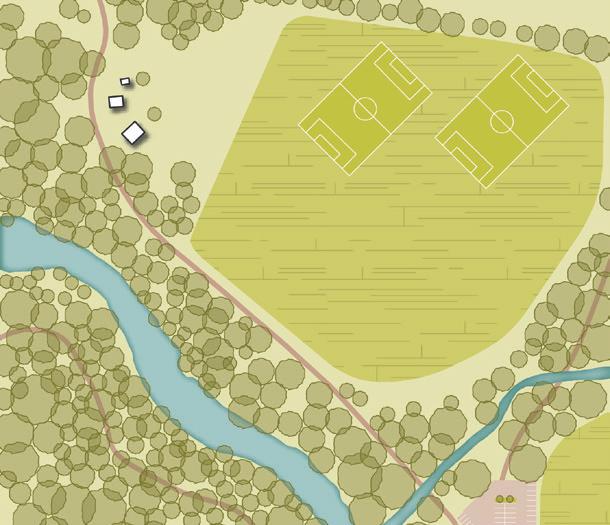
The future land use map is one of the primary outcomes of this comprehensive plan. It highlights the desired future land use patterns for the city and its surroundings. Much of the city is already developed, so the future land use map will match the existing land use in many places. This map is most important for providing direction for areas of the city where land uses are expected or desired to change over the next ten years and beyond.
It is worth noting that the future land use map is not the City’s zoning map, which is a legally-binding document with accompanying regulatory text. The future land use map, rather, provides City Council, boards, commissions, and staff with strong guidance when considering development proposals, annexation requests, rezonings, and infrastructure investments. Adoption of the plan and, therefore, the future land use map does not change existing zoning. Over time, however, the zoning code and map may be modified through development approvals and municipal actions as a means to implement the policy recommendations of this comprehensive plan. However, until any such amendments are adopted by way of changing the official zoning map or accompanying zoning code text, the future land use map does not directly affect how properties may be used according to legal entitlements.
The future land use map accounts for the existing land uses, while establishing a desired pattern of land uses and development types for the future of Oxford. The future land use map includes twelve Character Types ranging from preserves and green spaces to the urban core, to illustrate the mix of uses necessary to support Oxford’s diverse population and community needs. Each of these land use categories is summarized in more detail in the main plan document, with details about primary and secondary uses, access, physical connections, parking, and open space. These Character Type categories include:
• Preserves & Green Space
• Rural
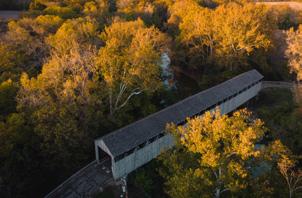
• Suburban Neighborhood
• Transitional Suburban Neighborhood
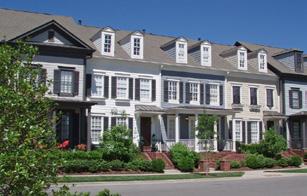
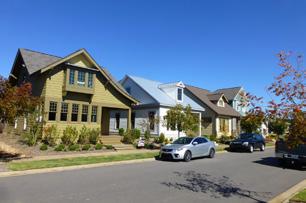
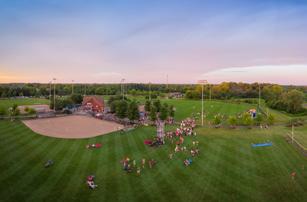
• Traditional Neighborhood
• Urban Neighborhood
• Urban Core
• Mixed Use Center
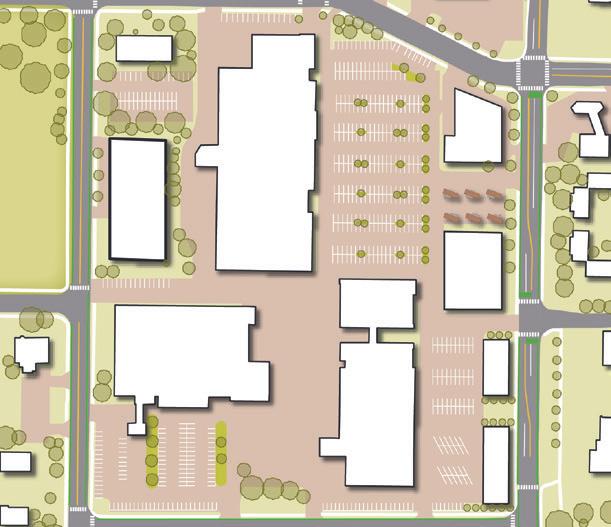
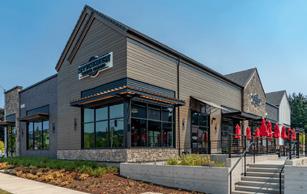
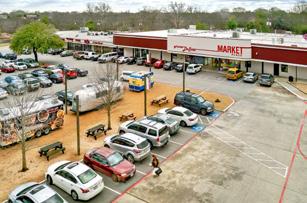
• Employment Corridor
• Employment Center
• Campus
• Flex Industrial
The map also calls attention to several Focus Areas throughout the community. These are areas that warrant further examination and planning because they have a stronger chance of experiencing physical change over the next ten years and beyond. The land use categories proposed in these focus areas should therefore be interpreted more flexibly, as a desirable land use mix could be subject to change based on findings uncovered through additional district-level planning efforts.
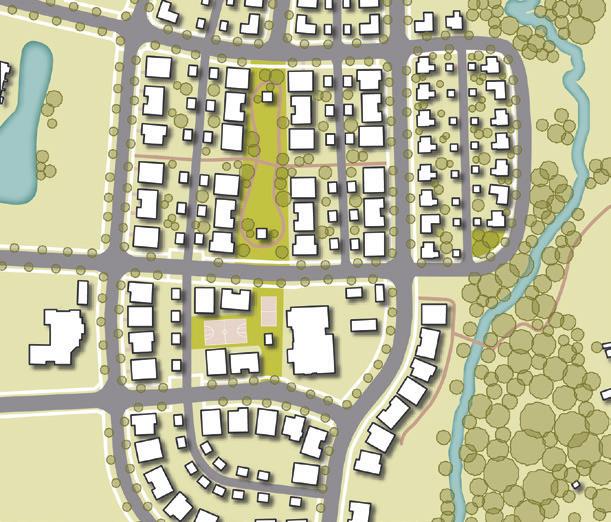 Preserves & Green Space
Urban Neighborhood
Preserves & Green Space
Urban Neighborhood
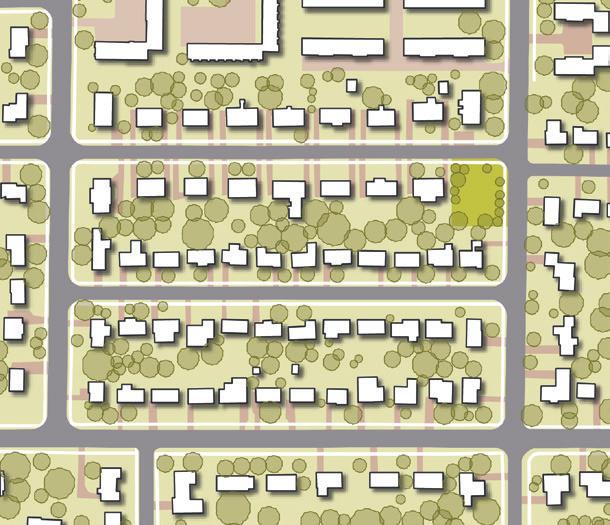
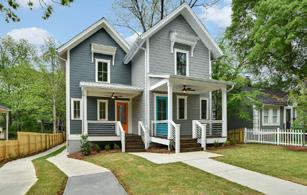
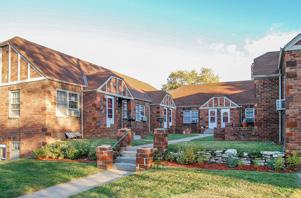
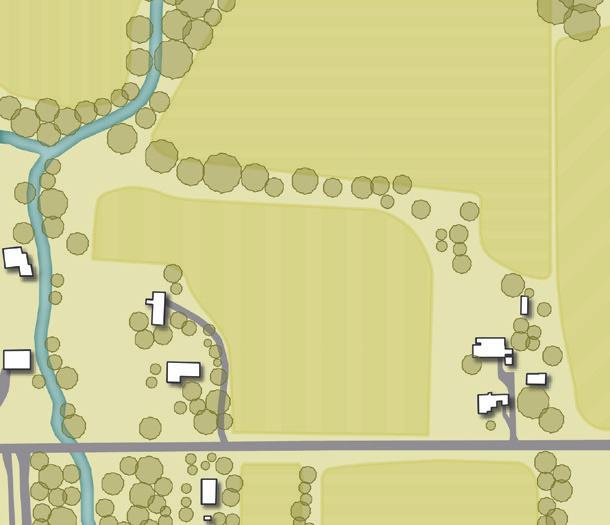
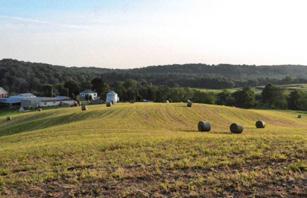
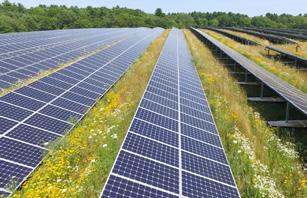
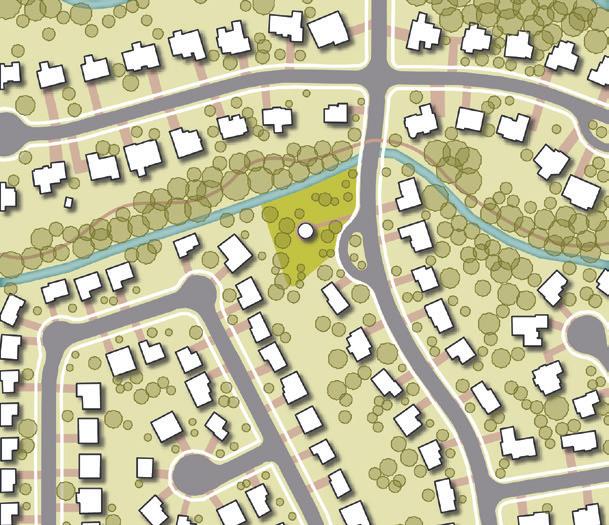
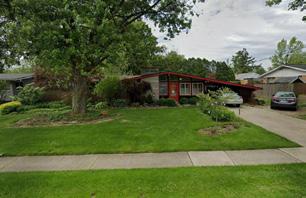
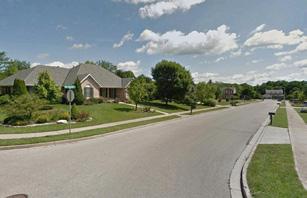
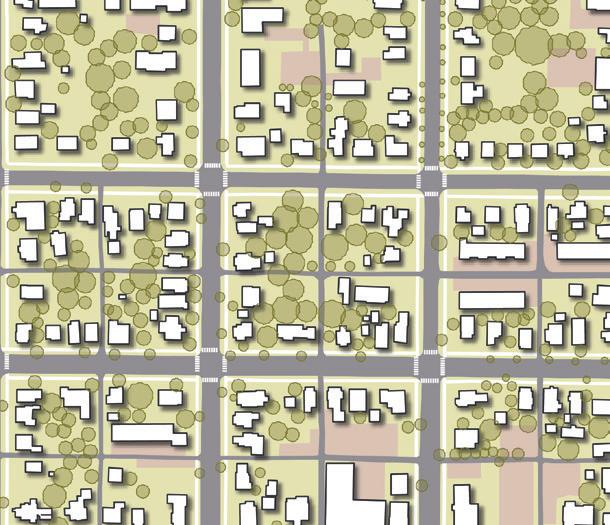
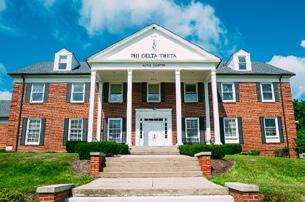
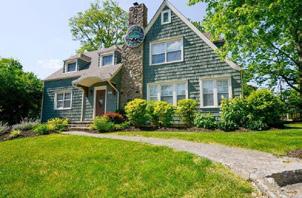
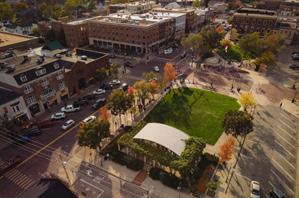
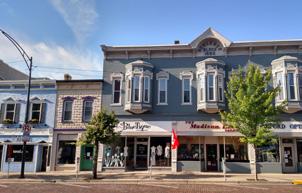
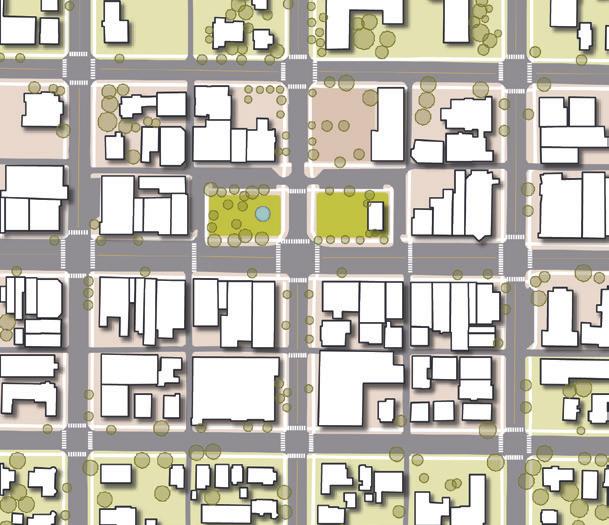
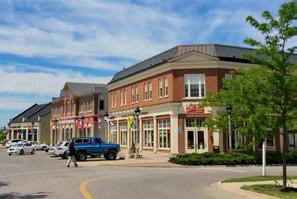
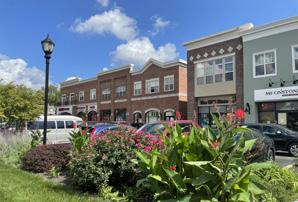
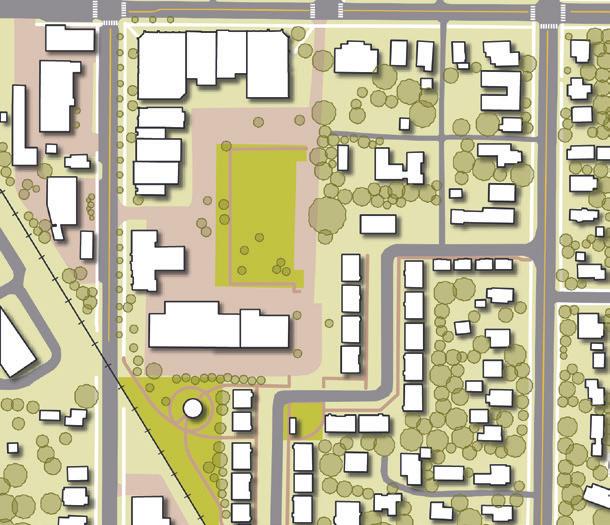
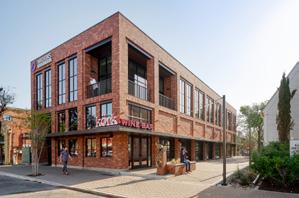
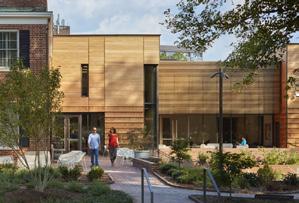
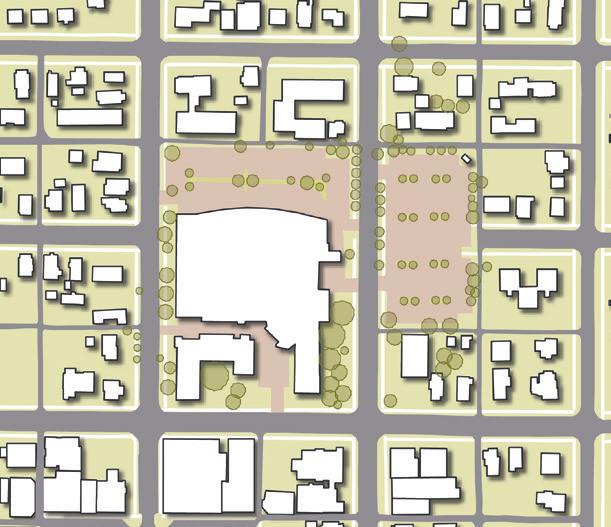
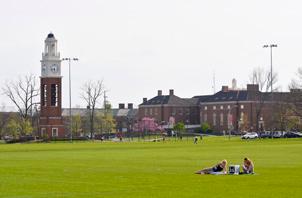
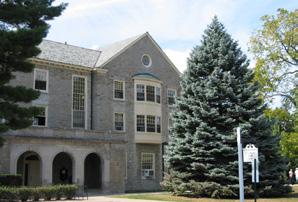
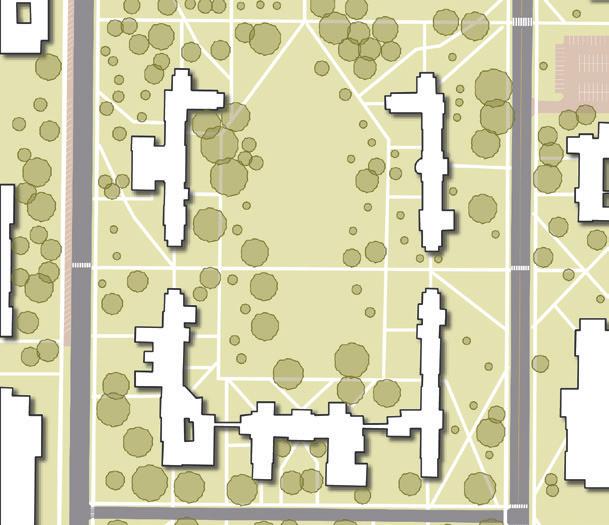
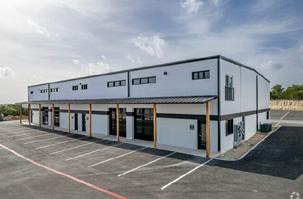
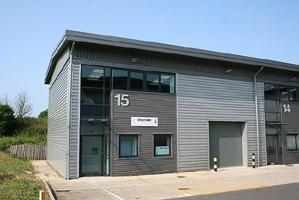
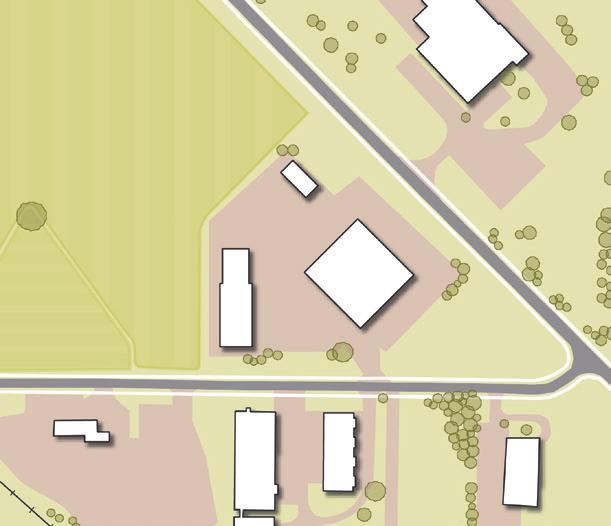
Future Land Use Map
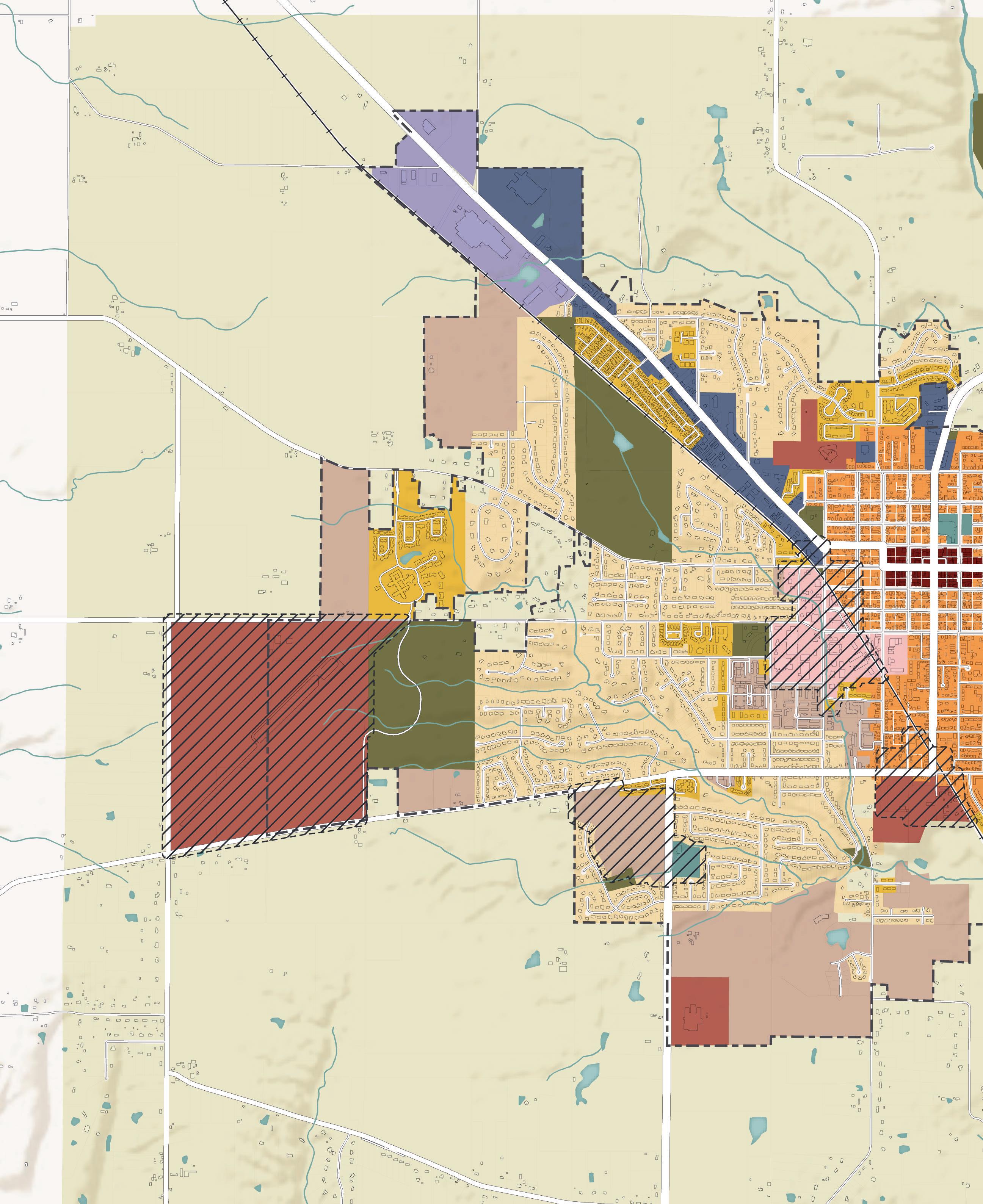
ContrerasRd
Oxford Country Club
BrownRd
Fairfield
Rd
Chestnut St
S Main St
Kehr Rd Oxford Reily Rd
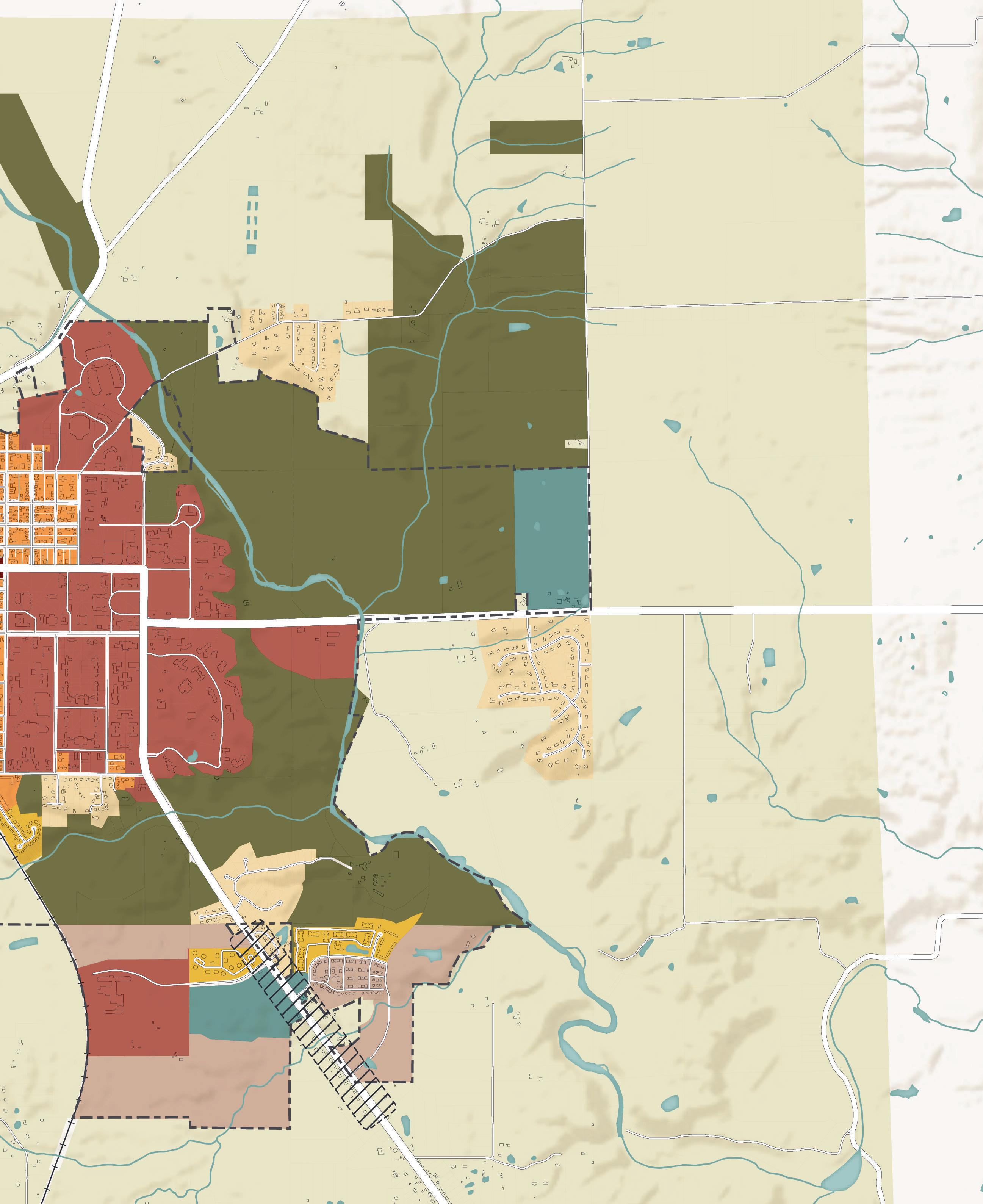
PLAN STEWARDSHIP
Cycle of Plan Stewardship
The graphic below depicts the cyclical nature of how the plan will be used by City Council, City staff, and the community to influence and inform other public processes. Additionally, this graphic describes how often plan progress should be recorded and communicated.
Year-End Comprehensive Plan Progress Report
Annual year-end update to Council and the community on tangible outcomes from implementation of the plan Mid-Year Comprehensive Plan Progress Report
Progress report and update to Council on tangible outcomes from implementation of the plan
Continuous Plan Use & Monitoring
Council Retreat Annual retreat to focus efforts and establish short-term objectives for the year ahead
Staff Research & Budget Design
City staff research into and budgeting for plan priorities and recommendations
Budget Adoption
City Council adoption of the City budget for the next fiscal year, including funding allocated for implementation of plan recommendations
Public Input
Opportunity for public input to affirm or shift priorities
SUMMARY MATRIX
The table on the following pages is a compilation of the plan goals, objectives, and actions set forth in the plan. This matrix connects each action with the City’s role as well as any potential partners required for implementation. The legend to the right provides a key for the various levels of information displayed in the matrix.
City Role
It is recognized that the City cannot always be directly responsible for achieving every recommendation specified in the plan. In a lot of cases, there will be financial, legal, or other constraints that would prevent the City from achieving a specific action on its own. Some actions are significant enough that they involve buy-in or collaboration from multiple partners.
Therefore, the following two categories will be assigned to each action so that the imagined extent of the City’s role can be better understood:
Control – Actions the City can directly carry out or integrate into its affairs.
Influence – Actions the City desires to achieve or make progress on, but cannot do so on its own without outside involvement from other agencies or partners, or where decision making by private actors largely drives the outcome.
Time Frame
The following two distinctions will be assigned to each action to identify whether they are more concrete and time-bound actions or general, ongoing policy directives.
Specific – Actions that are time-bound projects or initiatives that will eventually be completed.
Ongoing – Actions that are ongoing, general policy directives and do not have an end date.
Priority
The priority indicator is used to call special attention to recommendations identified as being very important to the community during the planning process.
MATRIX LEGEND
Potential Partners Abbreviations
AFO Age-Friendly Oxford
BCDD Butler County Dept. of Development
BCRTA Butler County Regional Transit Authority
BMHA Butler Metropolitan Housing Authority
CASC Climate Action Steering Committee
CIC Community Improvement Corporation
CRC Civil Rights Commission
EC Environmental Commission
EO Enjoy Oxford
FRC Family Resource Center
HAC Housing Advisory Commission
HAPC Historic and Architectural Preservation Commission
MHMH McCullough-Hyde Memorial Hospital
MU Miami University
OCAC Oxford Community Arts Center
OCC Oxford Chamber of Commerce
ODOT Ohio Department of Transportation
OKI Ohio-Kentucky-Indiana Regional Council of Governments
OPTAB Oxford Parking & Transportation Advisory Board
PACO Public Arts Commission of Oxford
PC Planning Commission
RB Recreation Board
SCRC Student/Community Relations Commission
SRTS Safe Routes to School
TSD Talawanda School District
City Role
How to Use the Matrix
The graphic below provides an overview on reading and understanding the components of the implementation matrix.
Section - Each section is a particular element or topic of the Comprehensive Plan as expressed in Chapter 3.
Goal Statement - The goal statement is an aspirational statement that describes a desired future or outcome. Each section has an accompanying goal statement.
Objective - An objective is a particular step to achieve a goal. Each objective is numbered according to the order in which it appears in its section (e.g. S1, S2, and so on).
Actions - Each action is numbered in relation to the objective to which it is contributing, followed by the order in which it appears in the plan (e.g. S1-A1, S1-A2, and so on).
City Role - The city role column indicates whether an action is directly within the purview of the City of Oxford or whether it is an action that the City can influence with the help of other partners.
Time Frame - The time frame column indicates whether an action is specific and time-bound or an ongoing policy directive.
Potential Partners - The organizations and groups listed in this column are City boards and commissions, institutions, or other community groups that can be involved in implementing the plan recommendations. Abbreviations are used in many cases and can be found in the legend on the previous page.
Priority - An action is designated as a priority if the community agreed that it very important and will help Oxford achieve its goals and vision. It should be noted Council may choose to shift priorities annually over time, in response to community desires and preferences.
S1-A1 Develop an energy plan to meet Oxford’s demand with renewables generated locally/regionally
CASC, EC
S1-A2 Promote incentives for on-site solar, geothermal, and wind for residential and commercial properties CASC, EC
S1-A3 Develop regulations and incentives to ensure electrification of new construction with high-efficiency space and water heating
S1-A4 Promote retrofitting of existing buildings with energy conservation and electrification
CASC, EC
CASC, EC
LAND USE & DEVELOPMENT
Goal: Smart Growth and Quality Places
L1 Ensure future development and redevelopment contributes to an aesthetic, character, and quality that is uniquely Oxford
City Role Time Frame Potential Partners
L1-A1 Favor traditional, urban neighborhood qualities over conventional, autooriented designs HAPC, PC
L1-A2 Explore increasing allowable building height in one or more targeted locations HAPC, PC
L1-A3 Modernize the Oxford Zoning Code to include a hybrid of use-based and formbased approaches to standards PC
L1-A4 Refine zoning districts to promote mixed-use and neighborhood-oriented commercial development PC
L1-A5 Update the Zoning Code’s Mile Square Design Standards for residential development PC
L1-A6 Develop design guidelines for residential and commercial development HAPC, PC
L2 Preserve and enhance the character of the built and natural environment
City Role Time Frame Potential Partners
L2-A1 Ensure new developments include adequate green and open spaces PC
L2-A2 Promote preservation and creation of contiguous open space, aligning development with planned open space networks PC
L2-A3 Explore opportunities for expanded outdoor dining Business owners, CIC, OCC, PC
L2-A4 Create a Mile Square Master Plan MU, property owners
L2-A5 Inventory and recognize historic and contributing structures throughout the city HAPC, property owners
L2-A6 Improve signage and landscaping at major entry points into Oxford to refresh the gateway experience MU
L3 Promote development and redevelopment in targeted areas
City Role Time Frame Potential Partners
L3-A1 Favor infill development over physical expansion of districts as much as possible HAPC, PC
L3-A2 Encourage adaptive reuse in buildings of special architectural or historical value HAPC, PC
L3-A3 Promote transit-oriented development (TOD) around key transit nodes and corridors Amtrak, BCRTA, OPTAB
L3-A4 Develop an area plan for transit-oriented development for the S. Main/Chestnut Fields area Amtrak, BCRTA, OPTAB, PC
L3-A5 Designate a Pink Zone in a targeted location to encourage local entrepreneurship CIC, OCC, PC
L4 Coordinate with regional jurisdictions and partners to plan for future growth and development
L4-A1 Create a joint plan for land use & development with surrounding jurisdictions
L4-A2 Develop an annexation policy and adequate public facilities ordinance to ensure growth aligns with public goals
City Role Time Frame Potential Partners
Oxford Twp., Milford Twp., BCDD
Oxford Twp., Milford Twp., BCDD
L4-A3 Coordinate regularly with University partners to plan for enrollment growth, student needs, and impact on community MU, ASPIRE
MOBILITY
Goal: Safe and Efficient Travel for All Modes of Transportation
M1 Promote alternative modes of transportation
City Role Time Frame Potential Partners
M1-A1 Ensure new private developments embrace Complete Streets principles and practices PC
M1-A2 Implement Complete Streets principles and practices in public infrastructure projects OPTAB
M1-A3 Expand bus and/or shuttle transportation options to provide service accessible within a 1/4 mile to all City residents BCRTA, OPTAB
M1-A4 Establish passenger rail service to/from Oxford Amtrak, CSX, OPTAB
M1-A5 Encourage commuter transit connections to/from other regional hubs BCRTA, Metro, OKI
M1-A6 Analyze public transit access and transportation costs for car dependent neighborhoods, with an emphasis on serving populations most in need HAC, OPTAB
M1-A7 Update policies for micromobility transportation Bird, Lime, OPTAB
M2 Facilitate the safe and efficient flow of traffic within and through the city
City Role Time Frame Potential Partners
M2-A1 Adopt a new Transportation Plan OPTAB, PC
M2-A2 Adopt Access Management Regulations to regulate curb cuts and intersections along major thoroughfares OPTAB, PC
M2-A3 Conduct a feasibility study for a grade-separated crossing over or under a railroad CSX, OPTAB
M2-A4 Research and recommend an alternate truck route to reduce truck traffic Uptown MU, BCDD, ODOT
M3 Foster an environment and a culture of active transportation City Role Time Frame Potential Partners
M3-A1 Treat pedestrian and cyclist mobility with equal importance to vehicular mobility
M3-A2 Expand the Oxford Area Trails system by completing the perimeter loop and linking to neighborhoods and commercial areas
M3-A3 Conduct a feasibility study for connections between the Oxford Area Trails system and business districts
M3-A4 Ensure sidewalks are cleared of snow
OPTAB, PC
Property owners, OKI, Tri-State Trails
M3-A5 Establish a green alley system in the Mile Square to create a network of shared, low-impact streets OPTAB
M3-A6 Reduce off-street parking minimums in certain areas of town OPTAB, PC
M3-A7 Update Typical Sections in the Subdivision Regulations to ensure high quality, complete streets OPTAB
M3-A8 Enable safe walking and biking to in-town schools through infrastructure improvements and programming in partnership with Talawanda School District
M3-A9 Become a designated Bicycle Friendly Community by the League of American Bicyclists
TSD, SRTS Coordinator
M3-A10 Encourage Mile Square student renters to utilize long-term parking facilities on campus MU
M3-A11 Construct or retrofit transportation infrastructure to meet standards in the Americans with Disabilities Act BCDD
MOBILITY
Goal: Safe and Efficient Travel for All Modes of Transportation
M4 Ensure parking facilities Uptown are adequate and effective in meeting demand
City Role Time Frame Potential Partners
M4-A1 Explore opportunities for shared parking agreements to boost available parking supply when needed MU, businesses, other institutions
M4-A2 Explore park and shuttle opportunities MU
M4-A3 Explore the feasibility of a parking authority or management entity
M4-A4 Determine need and plan for long-term parking solutions OPTAB
M4-A5 Create a plan for replacement of surface parking with structured parking OPTAB
HOUSING
Goal: Housing Opportunities for Everyone
H1 Expand housing options for all life stages
City Role Time Frame Potential Partners
H1-A1 Update zoning regulations to increase density and promote a diversity of residential housing types and living arrangements PC
H1-A2 Update zoning regulations to expand allowance for accessory dwelling units (ADUs) HAC, PC
H1-A3 Identify areas of town which are appropriate for increased density allowance, housing diversity, and accessory dwelling units (ADUs) HAC, PC
H1-A4 Leverage land and other tangible assets to address housing supply gaps by boosting inventory
FRC, TOPSS
H1-A5 Support developments and programs addressing supportive and transitional housing BCDD, FRC
H1-A6 Reestablish a homeownership program to incentivize and assist University faculty and staff to secure housing in Oxford MU, HAC
H1-A7 Support opportunities to create housing dedicated to University alumni MU, HAC
H1-A8 Recognize and support the valuable service assisted living and senior living developments provide to the community Knolls of Oxford
H2 Ensure housing affordability and attainability for all income levels
H2-A1 Activate a non-profit entity devoted to expanding attainable housing opportunities
City Role Time Frame Potential Partners
HAC
H2-A2 Create an ordinance to outlaw housing discrimination based on source of income HAC
H2-A3 Promote the Housing Choice Voucher Program Property managers, BMHA
H2-A4 Explore ways to incentivize the creation and maintenance of housing types and arrangements that fulfill community needs HAC
H2-A5 Partner with nonprofit organization(s) to provide education, counseling, and financial assistance to homebuyers or renters
FRC, BMHA, BCDD
HOUSING
Goal: Housing Opportunities for Everyone
H3 Protect existing naturally occurring affordable housing (NOAH)
City Role Time Frame Potential Partners
H3-A1 Identify existing NOAH areas and developments HAC
H3-A2 Promote retention of existing NOAH developments where conditions are safe for occupancy Property managers/ owners
H3-A3 Evaluate the impacts land use decisions can have on existing NOAH PC
H4 Maintain an adequate capacity of student housing
City Role Time Frame Potential Partners
H4-A1 Coordinate with University partners in monitoring anticipated changes in student housing demand MU
H4-A2 Identify areas of town which are appropriate to accommodate additional student housing HAC, MU, PC
ECONOMY
Goal: A Thriving and Resilient Year-Round Economy
E1 Attract new businesses and employment opportunities to diversify the local economy
City Role Time Frame Potential Partners
E1-A1 Foster a culture of service excellence in attracting new businesses and assisting new business startups OCC
E1-A2 Conduct a market study to determine Oxford’s key industries and sectors that can grow jobs
E1-A3 Develop an economic development strategic plan for Oxford EO, CIC, OCC
E1-A4 Develop a tax abatement program or other form of financial assistance for businesses that leads to high quality job growth CIC, OCC
E1-A5 Explore job creation as a result of Advanced Air Mobility programming and research MU, CVG
E2 Encourage entrepreneurship, innovation, and start-up businesses
City Role Time Frame Potential Partners
E2-A1 Support business startups and local entrepreneurship CIC, OCC
E2-A2 Encourage university spin-offs MU
E2-A3 Support the development of the College@Elm Innovation and Entrepreneurship Center MU
E2-A4 Identify potential locations for scalable commercial shell space OCC
E3 Support existing local businesses
City Role Time Frame Potential Partners
E3-A1 Establish a Special Assessment District for the Uptown commercial district CIC
E3-A2 Designate a Small Business Advocate to provide technical assistance in an effort to better ensure business survival CIC
E3-A3 Promote the Revolving Loan Fund to local businesses CIC
E3-A4 Encourage a local business procurement program CIC, MU
ECONOMY
Goal: A Thriving and Resilient Year-Round Economy
E4 Attract visitors to Oxford year-round
City Role Time Frame Potential Partners
E4-A1 Create events and activities that drive economic impact EO
E4-A2 Encourage creative placemaking for a more engaging community and visitor experience EO
E5 Sustain the fiscal health of the city
City Role Time Frame Potential Partners
E5-A1 Consider the tax benefits and other residual economic benefits when reviewing development proposals PC
SUSTAINABILITY
Goal: A Sustainable Oxford
S1 Reduce emissions towards neutrality by 2045
City Role Time Frame Potential Partners
S1-A1 Develop an energy plan to meet Oxford’s demand with renewables generated locally/regionally CASC, EC
S1-A2 Promote incentives for on-site solar, geothermal, and wind for residential and commercial properties CASC, EC
S1-A3 Develop regulations and incentives to ensure electrification of new construction with high-efficiency space and water heating CASC, EC
S1-A4 Promote retrofitting of existing buildings with energy conservation and electrification CASC, EC
S1-A5 Adopt EV charging infrastructure requirements for new multi-family and commercial developments CASC, EC, PC
S1-A6 Install EV charging stations in places available for public use CASC, EC
S1-A7 Convert the city vehicle fleet to hybrid and/or electric vehicles CASC, EC
S1-A8 Coordinate with community partners in climate action planning MU
S2 Build resilience for a changing climate
City Role Time Frame Potential Partners
S2-A1 Ensure community cooling and warming shelter adequate to public need FRC
S2-A2 Adopt climate responsive and resilient building and zoning codes CASC, EC
S2-A3 Work with utilities to transition local electricity distribution to below-ground Duke Energy
S2-A4 Manage adequate water supplies and demand for projected future conditions
SUSTAINABILITY
Goal: A Sustainable Oxford
S3 Become a Zero Waste community
City Role Time Frame Potential Partners
S3-A1 Increase community waste diversion through reuse, recycling, and composting EC
S3-A2 Advocate for expansion of regional recycling and composting capacity EC
S3-A3 Require all commercial properties, including multi-unit apartment complexes, to recycle EC
S3-A4 Establish Community Clean-Up Days to provide opportunities for disposal of bulky, sensitive, or hazardous items EC
S3-A5 Pilot and launch a curbside composting pilot program EC
S3-A6 Encourage retailers to itemize a charge for single-use plastics Business owners, EC
S3-A7 Promote reusable serviceware for dine-in restaurants, and compostable serviceware and containers for take-out Business owners, EC
S4 Conserve Oxford’s natural resources
City Role Time Frame Potential Partners
S4-A1 Strengthen conservation of mature forests and other significant environmental areas in development review PC
S4-A2 Expand the city’s urban tree canopy by supporting tree planting and urban forestry programs EC
S4-A3 Utilize alternatives to conventional pesticides and herbicides on public property EC
S4-A4 Implement an “Adopt Your Drain” program for individuals to prevent water pollution through storm drains EC
S4-A5 Revise street design guidelines to incorporate green infrastructure for stormwater retention, filtration, and tree canopy goals. EC
S4-A6 Adopt regulations or incentives to promote efficient residential and commercial water use (and reuse/harvesting) EC
S4-A7 Revise development codes to promote low impact stormwater management PC
S4-A8 Expand public education on sustainability and conservation, using public lands and facilities as models TSD, MU
CULTURE & RECREATION
Goal: Celebration of the People and Places that Make Oxford Unique
R1 Maintain and improve existing parks, recreation, and cultural facilities and programs
City Role Time Frame Potential Partners
R1-A1 Create and implement a new Parks and Recreation Master Plan RB
R1-A2 Develop a Community Center that offers programming, recreation, access to social services, and rentable community space
TRI Center Board, Oxford Seniors, FRC
R1-A3 Develop a variety of arts and recreational programs for all ages RB
R1-A4 Improve or modify existing playgrounds to be more inclusive RB
R1-A5 Install publicly accessible fitness equipment in parks RB
R2 Improve access to parks, recreation, and cultural facilities and programs City Role Time Frame Potential Partners
R2-A1 Promote acquisition of open space areas for either recreational or preservation purposes Three Valley Conservation Trust
R2-A2 Coordinate with regional partners to connect local trails with the regional trail network
R2-A3 Encourage sponsors of arts and recreational programs to be inclusive toward marginalized residents
Tri-State Trails
R2-A4 Strive for equitable distribution of parks and recreational facilities across the city RB
R2-A5 Improve access to Miami University parks, events, and programs for all residents MU
R2-A6 Construct a new dog park to meet the demands of the community RB
R3 Promote parks, arts, and culture throughout the community City Role Time Frame Potential Partners
R3-A1 Promote Oxford’s parks and green spaces for residents and visitors to experience MU, EO, RB
R3-A2 Support partnerships to create new education, recreation, and cultural opportunities for the community MU, OCAC
R3-A3 Create a trail system to identify historic structures and sites HAPC
R3-A4 Create incentives for private developments to include public art including murals PACO
R3-A5 Identify spaces on public property which could showcase the artwork of local artists PACO
R3-A6 Include public art as part of the Capital Improvement Plan (CIP) PACO
R3-A7 Promote temporary public art installations in vacant storefronts Uptown Property owners, PACO, MU
COMMUNITY WELL-BEING
Goal: A Connected, Livable, and Equitable Community for All
C1 Provide year-round community programming
C1-A1 Support events that promote culture, health, wellness, and active living
C1-A2 Celebrate and build local food cultures through regular events and programs
C2 Expand and improve access to community and social services
C2-A1 Ensure adequate year-round childcare services
C2-A2 Ensure adequate elder care and in-home services for aging-in-place
City Role Time Frame Potential Partners
OCAC, MU
City Role Time Frame Potential Partners
Oxford Seniors, AFO
C2-A3 Expand the capacity of the Oxford Family Resource Center FRC
C2-A4 Develop multiple ways for residents to provide anonymous feedback and ideas to the City
C2-A5 Encourage collective memory work by working on cultural and historic development HAPC, MU
C2-A6 Develop goal-oriented funding model when providing financial resources to area non-profits
C2-A7 Expand the local presence of regional and countywide non-profits
C3 Support high quality health services for the region
C3-A1 Increase access for all Oxford residents to the full continuum of services for mental health and substance use disorder
C3-A2 Explore community paramedicine as a model for improving non-urgent healthcare delivery
City Role Time Frame Potential Partners
MHMH, MU, Coalition for a Healthy Community
C3-A3 Increase access for geriatric care for older adults in Oxford Oxford Seniors, AFO
C4 Provide high quality, coordinated public safety services
City Role Time Frame Potential Partners
C4-A1 Coordinate public safety needs with local partners Oxford Twp., MU
C4-A2 Ensure public safety staff have access to appropriate eduction and training
C4-A3 Decrease emergency calls by implementing prevention programs
C4-A4 Consider impact on public safety when making land use decisions PC
C4-A5 Update Emergency Operations Plan for disaster preparedness and community resiliency
C4-A6 Review public facility needs and plan for repair, replacement, or expansion
C4-A7 Review effectiveness of policies surrounding minor offenses and violations
C4-A8 Develop community education programming around key public safety topics
COMMUNITY WELL-BEING
Goal: A Connected, Livable, and Equitable Community for All
C5 Foster a diverse, inclusive, and equitable community
C5-A1 Provide information about community issues, programs, services, and activities that is accessible to limited English proficiency residents
C5-A2 Host events and programs that recognize and celebrate the community’s social and cultural diversity
C5-A3 Establish regular communication and consultation with staff and researchers at Miami University on key community issues
City Role Time Frame Potential Partners
MU, Myaamia Center
C5-A4 Expand the role of the Civil Rights Commission to incorporate diversity, equity, and inclusion initiatives CRC
UTILITIES
Goal: Accessible, High-Quality Infrastructure
U1 Maintain and improve high quality public services
City Role Time Frame Potential Partners
U1-A1 Maximize usage of existing utilities by promoting infill and redevelopment opportunities PC
U1-A2 Integrate utility upgrade & extension decisions with annexation, future land use, and development decisions PC
U1-A3 Promote the co-location of utilities
U1-A4 Conduct a study to determine the impact of building height increases on Oxford’s utility systems
U1-A5 Refine the urban service boundary
U1-A6 Work to expand broadband access in the region and ensure Oxford’s broadband technology infrastructure is future-ready for higher speeds Spectrum
U1-A7 Improve transparency and opportunity for public feedback on the Capital Improvement Plan (CIP), including utility extensions
U1-A8 Implement water softening for the public potable water supply
U1-A9 Replace lead water pipes for public health and safety Property owners
U2 Manage stormwater runoff effectively
City Role Time Frame Potential Partners
U2-A1 Promote Low Impact Development (LID) techniques, such as rain barrels and bioswales, to reduce runoff at the source EC
U2-A2 Establish a revenue source for the enterprise fund for stormwater improvements and mitigation EC
U2-A3 Adopt stream corridor protections and regulations EC

